When is the right time for a wine?
Posted on January 28, 2018
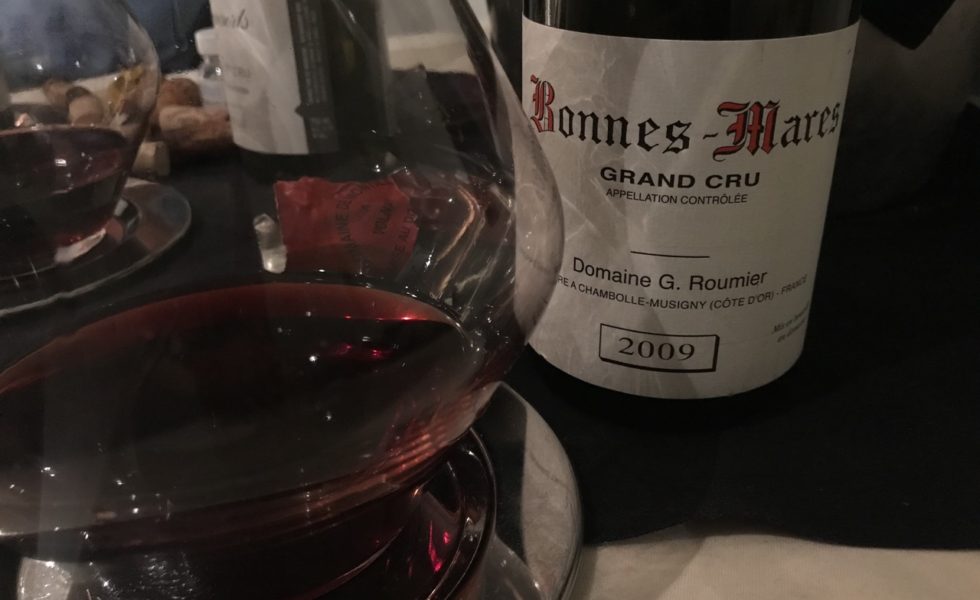
By Panos Kakaviatos for wine-chronicles.com
28 January 2018
I suppose the short answer is “anytime” but that would be too facile.
January has been always a great month for me to hook up with wine loving friends, old and new, in Washington D.C. during the holiday season, when I take an extended holiday break from my work in France.
In this case we celebrated the birthday of friend Amy Ray, as well as the New Year 2018.
We enjoyed many Burgundies. I was very much looking forward to trying the Georges Roumier Bonnes Mares, but being a 2009, it proved indeed too young to properly enjoy. Another 2009, a Vosne Romanée, however (see tasting notes below) proved downright delicious and ready for wine drinking business.
As for a 1988 grand cru white from Burgundy, one may think that we were risking the timing, given evidence of too many prematurely oxidized whites from Burgundy. And yet, as it can be with wine drinking, you need some luck with the timing, as the 1988 proved to be one of the very best wines from this evening!
It was interesting to note how two Pommards of high reputation were comparatively rustic. We ended things with a most marvelous Alsatian Vendanges Tardives from the 2001 vintage. Everyone thinks of Sauternes for late harvest wines from France, but Alsace also excelled in that vintage for these types of “sweet” wines.
As for the two starting Champagnes, the answer is that it is always time to drink Champagne! Although we did not have any Bollinger, it is so true what Lilly Bollinger once said about the famous bubbly:
As usual, wines in bold, I liked in particular. When red and bold, even more. If underlined, too, a kind of wine nirvana.
Madeira Magic
Posted on January 25, 2018
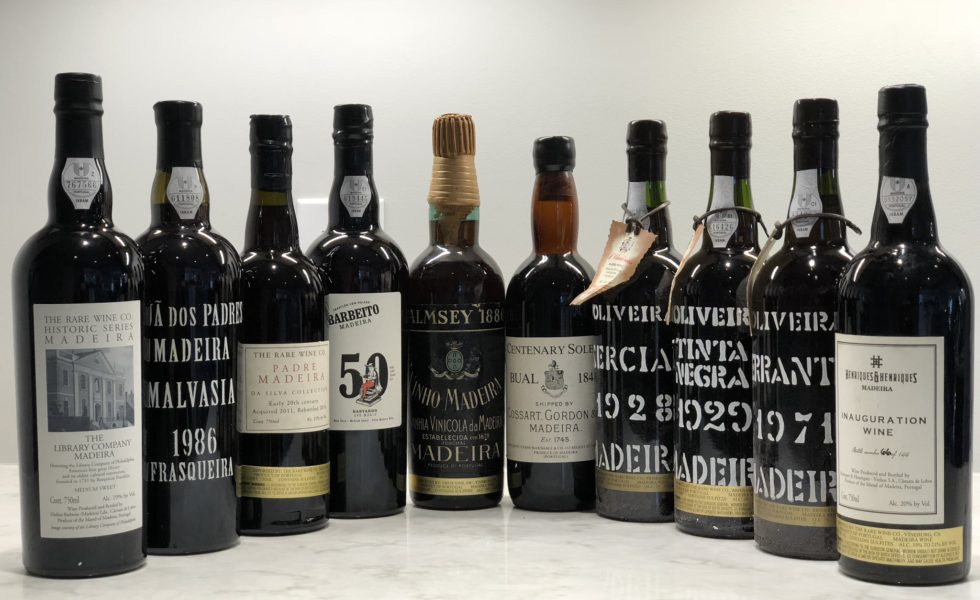
Nearly 175-year-old wine and more
By Panos Kakaviatos for wine-chronicles.com
24 January 2018
Get set for a story about a special tasting experience of old and rare Madeira wines. While we won’t be boarding a 17th century sailing ship, the journey enters a wine time machine.
Historical wine expert Aaron Nix-Gomez proposed a master class tasting of old and rare bottles earlier this month, with fellow wine aficionados in the Washington D.C. area. He graciously opened the doors of his home for the afternoon session, after having sourced bottles primarily from the Rare Wine Company.
Before going to the main event, we enjoyed appetizers and excellent Champagne including Krug 2000 and Dom Perignon 1990. Aaron also provided a great meal after the tasting and fellow participants brought other wines including older Bordeaux and Napa Valley Cabs that we enjoyed over dinner. You can read more about these wines, here, on Aaron’s excellent website. But the focus here is on Madeira, and the list – as you can see in the picture below – looked amazing, ranging from mid 19th century wine to rare limited edition bottlings.
Madeira is a fortified wine available in a wide range of dry to sweet styles. It gets its name from the eponymous region of Portugal, an archipelago of four islands off the African coast. The green and volcanic main island of Madeira has pebbly beaches. Its capital Funchal is known for a large New Year’s fireworks show and Madeira wine? It gives off its own fireworks, as I discovered at this ring-in-the-new-year tasting.
Origins
Sailors to the Americas and the East Indies regularly stopped at Madeira for fresh water and supplies between the 15th and early 19th centuries. They brought on board wine barrels to provide needed sustenance for sailors, and to act as ballast. Of course no temperature control existed back then. It seems that both consumers and producers learned how the wine improved in quality as it traveled in hot tropical zones.
The “Estufagem” aging process produces Madeira’s distinctive flavor. It is meant to duplicate the effect of the long sea voyages on the aging barrels through tropical climates. Three main methods are used to “heat age” the wine, used according to the quality and cost of the finished wine. The cheapest method is Cuba de Calor. High- end wines undergo the Canteiro process, by which wines are aged without the use of any artificial heat, being stored by the winery in warm rooms left to age by the heat of the sun. This process can last from 20 years to 100 years.
Madeira also became fortified. To prevent the wine from spoiling on long maritime treks, producers added brandy, a practice that took hold in the mid-18th century. The process continues today and all wines have in between 17.5% and 21% alcohol strength. Read More
Fronsac Focus
Posted on January 18, 2018
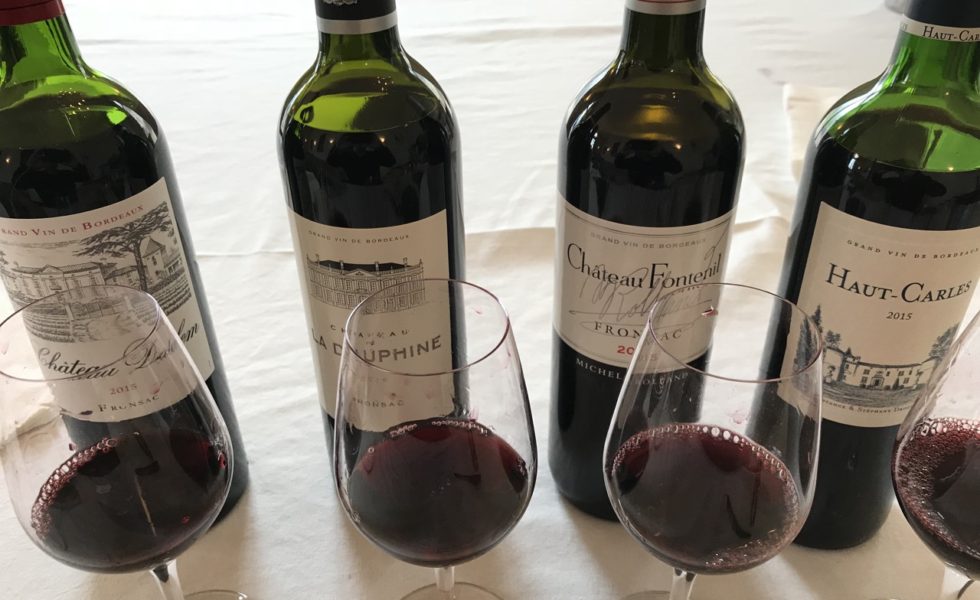
Tasting Bordeaux 2015 from bottle at The Grand Cercle
By Panos Kakaviatos for wine-chronicles.com
18 January 2018
It was great to catch up late last year with Alain Raynaud, founder of the Grand Cercle des Vins de Bordeaux. He associated this large group of over 160 Bordeaux producers back in 2013, uniting wines of the Right and Left Banks.
I was in the middle of tasting through most of these wines at the gorgeous Château de Pressac late last year when Alain dropped by to see how I was doing.
To get a sense of any given vintage, a Grand Cercle tasting is essential, bringing together a diversity of appellations, terroirs and wine professionals. One of my favorite appellations overall at that tasting for the 2015 vintage is Fronsac. Of course Pomerol shined bright, as I reported earlier already in these pages – and the Grand Cercle includes several Pomerol wines.
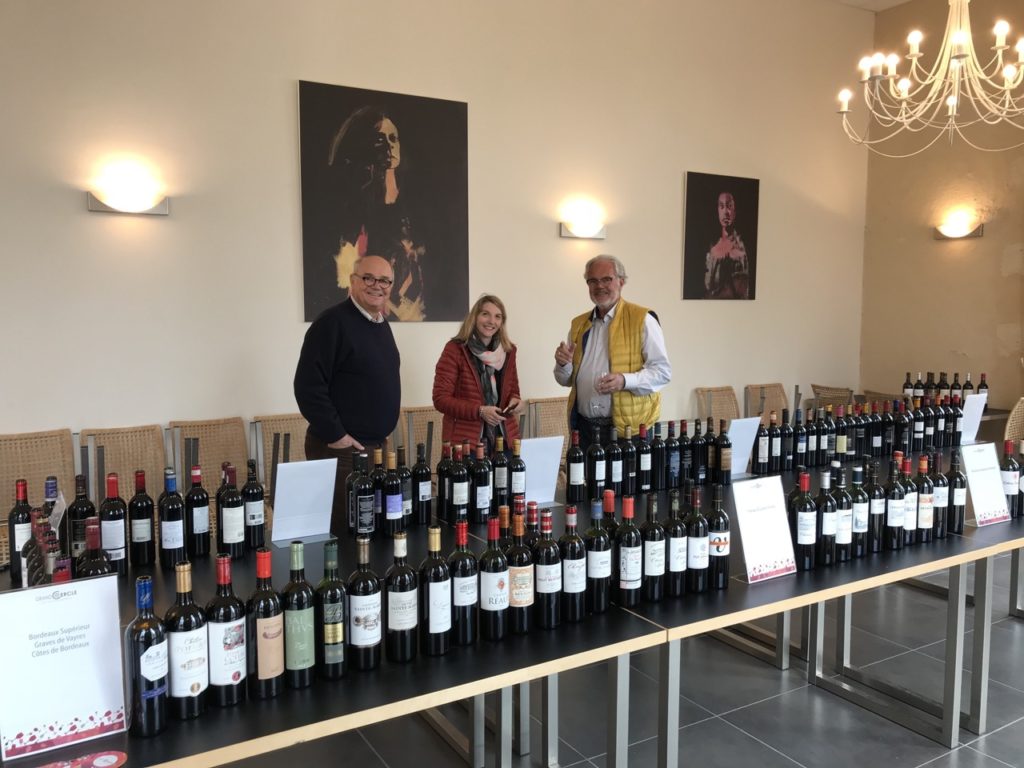
From left to right: Jean-François Quenin of Château de Pressac, Stéphanie Delécrin and Alain Raynaud at the comprehensive Grand Cercle tasting of 2015 recently bottled Bordeaux wines.
The Grand Cercle includes many so-called “satellite” appellations of Bordeaux including Côtes de Castillon, Lalande de Pomerol, Fronsac, Canon Fronsac, Bordeaux Superieur, Entre Deux Mers and Côtes de Bordeaux.
Alain and I discussed various aspects of terroir differences, for example, how a wine like Château Bourgneuf (Pomerol) seemed more impressive to me than the Feytit-Clinet.
“Logical,” Alain remarked, “as it is lower along the slope than Bourgneuf” (while Trotanoy, not a member of the Grand Cercle, is higher than both).
I arrived on a cold yet sunny morning of 30 November, to a spacious tasting room at the château, welcomed by the gracious owner, Jean-Francois Quenin, who is vice president of the association. The organizers have long taken note of my preference for more classically styled Bordeaux, and are always very supportive, even if I can be critical with some estates within the Cercle. À chacun son goût. Read More
Crus Bourgeois return to classification
Posted on January 14, 2018
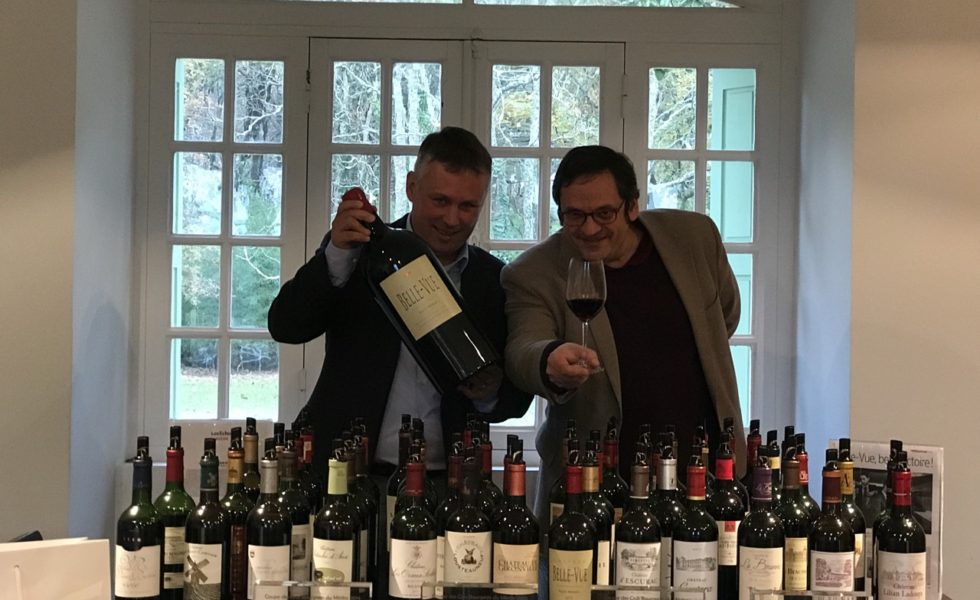
And (many) tasting notes from 2015 in bottle
By Panos Kakaviatos for wine-chronicles.com
14 January 2018
One of the great, if short-lived, periods in the modern era for the Cru Bourgeois wines of Bordeaux was a 2003 ministerial order that approved the first official classification of the Crus Bourgeois du Médoc, which recognized 247 châteaus out of 490 candidates.
I recall attending a tasting of the top nine wines in New York City back in 2004. It was great to see names like Haut Marbuzet, Phélan Segur, Ormes de Pez among others being tasted as top tier Cru Bourgeois. The full list was as follows:
But some châteaux that had not been included denounced the classification as unfair, and arguments about conflicts of interest in judging the classification bore fruit.
In 2007, the Administrative Court of Appeal of Bordeaux annulled the 2003 decree that had approved the classification. Whatever the merits of the case, it was a shame to see the end of such a useful reference tool. Read More
20 years of Château La Conseillante
Posted on January 10, 2018
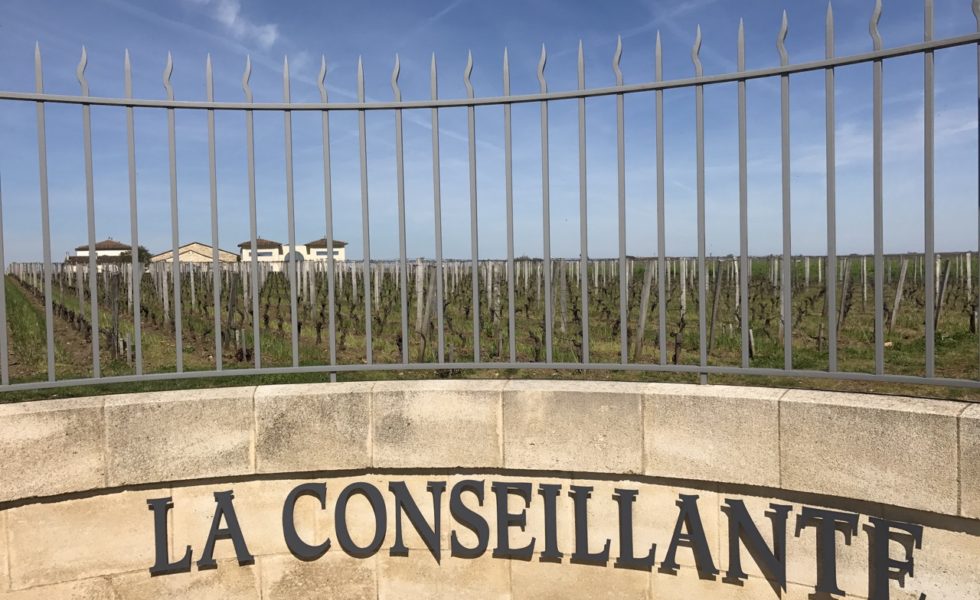
A great vertical, a great Pomerol
10 January 2018
By Panos Kakaviatos for wine-chronicles.com
Driving west past Château Cheval Blanc at the edge of Saint Emilion, you come across a series of superb Pomerol estates with prime vineyard real estate: Vieux Château Certan, Evangile, Petrus and La Conseillante, among others. They count among the very best Merlot-driven wines of Bordeaux from the famous Pomerol appellation, if not for the entire wine world.
I taste Pomerol on location with fellow wine hacks, on at least a yearly basis, so I was nothing short of thrilled to have been invited late last year to taste 20 vintages of La Conseillante.
The Nicolas family bought the estate in 1871 and it remains with the same family to this day. Somewhat unusual for Bordeaux is the fact that its just over 12 hectares of vineyards (over 30 acres) have remained unchanged since the early 18th century (with the exception of a nearly one-third hectare parcel, purchased in 2014).
The fifth generation manages the estate today, with Bertrand Nicolas and Jean-Valmy Nicolas as joint managing directors. Marielle Cazaux, who has been estate manager since July 2015, welcomed us for the tasting, which was followed by lunch with Bertrand Nicolas.
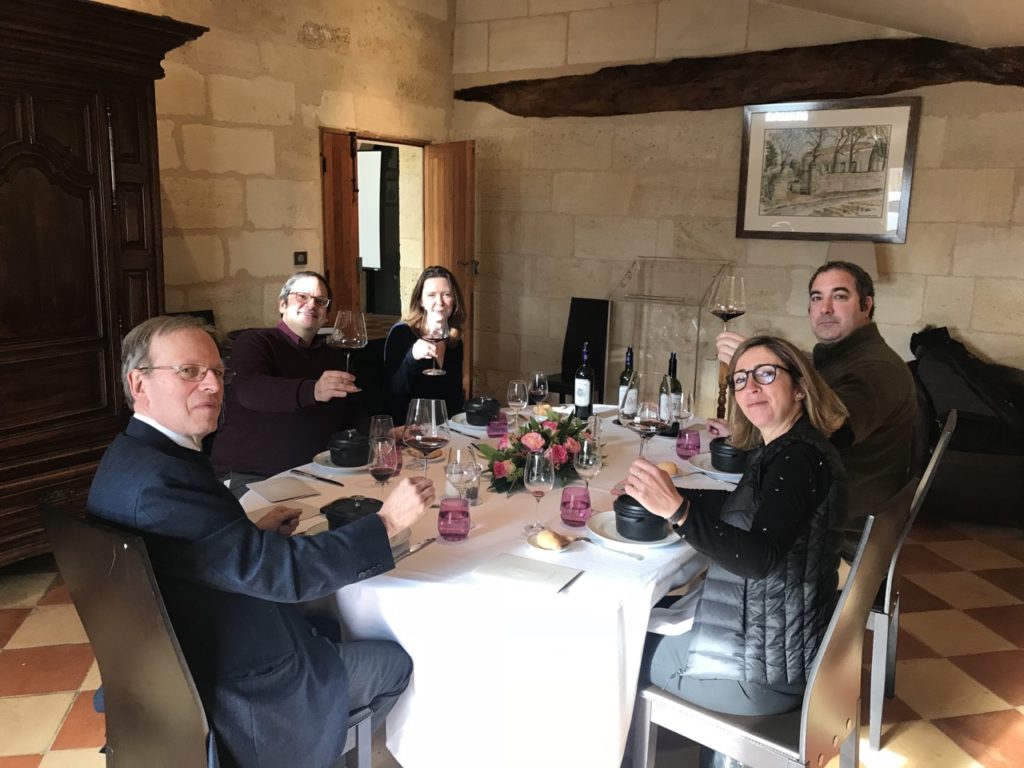
Lunch at La Conseillante. From left to right, Jane Anson, myself, Betrand Nicolas, Marielle Cazaux and Yohan Castaing.
I first discovered La Conseillante back in the early 2000s, about the time when Jean-Michel Laporte arrived as general manager. He steered the estate into positive directions, overseeing for example the creation of a second wine in 2007 and a new cellar space in 2012, before moving on to other work in 2014. Read More
 Wine Chronicles
Wine Chronicles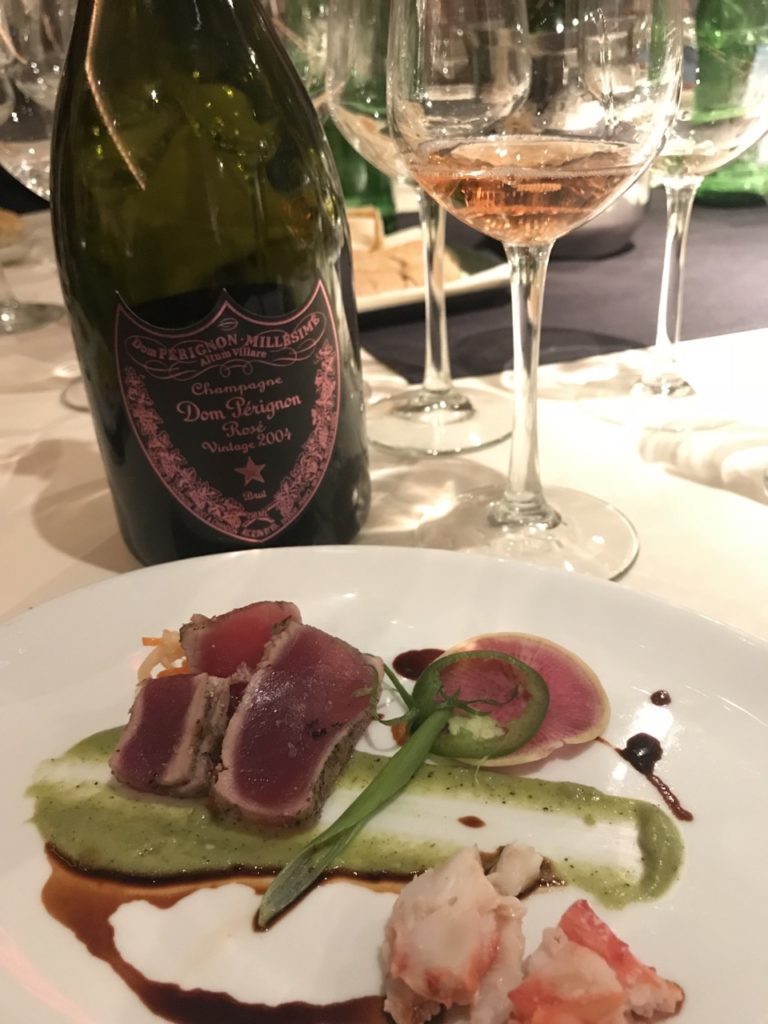
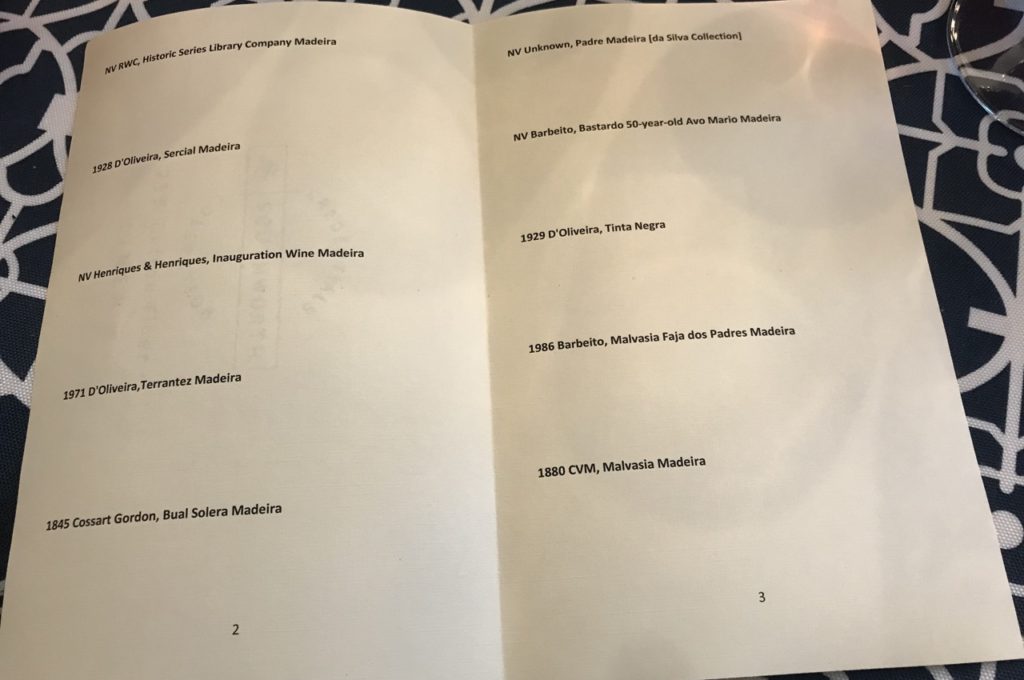

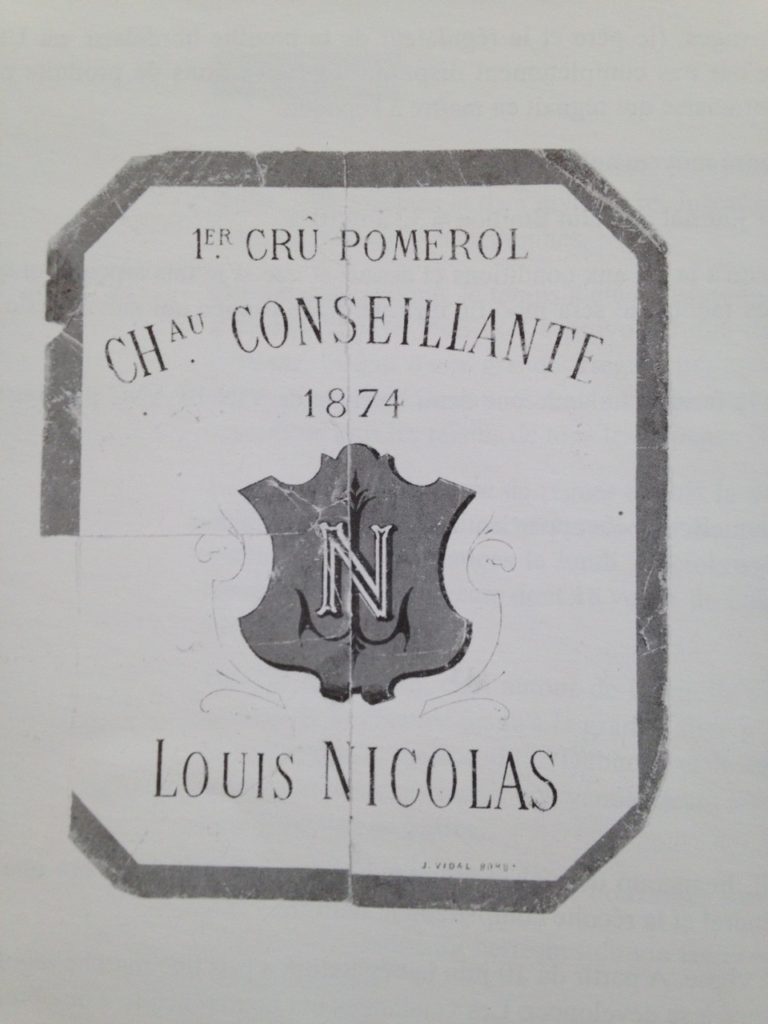
Recent Comments